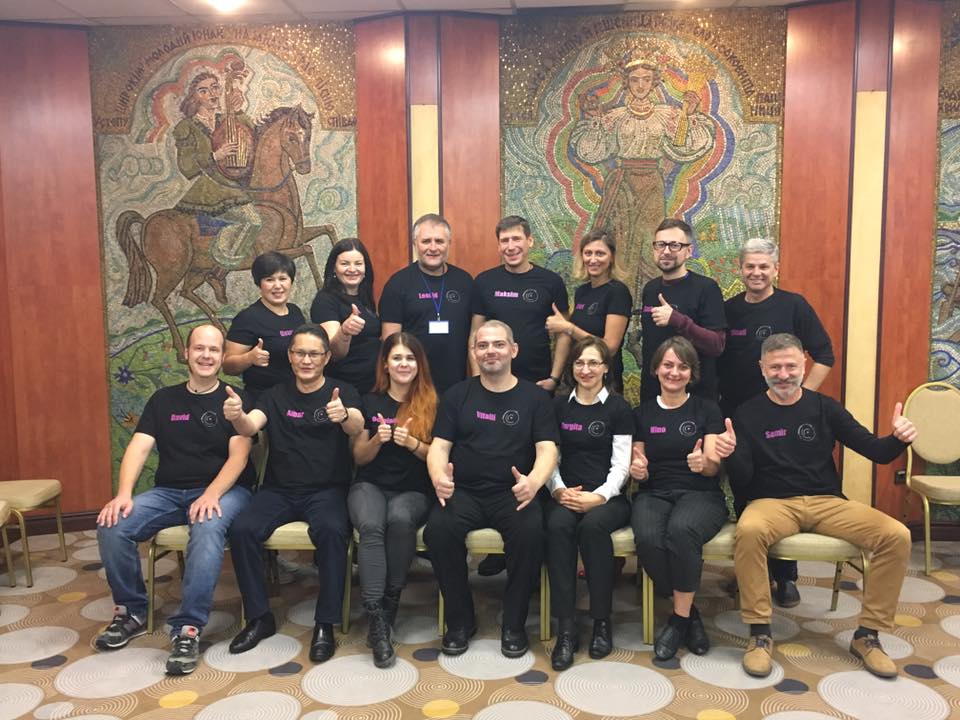The stigmatisation, criminalisation, and incarceration of people who use drugs in Kenya is undermining the government’s success in reducing HIV.
As thousands descend on Durban this week for the International AIDS Conference 2016, the global fight against HIV/AIDS has again captured the world's attention. The incidence of HIV infection is on a downward trend globally, falling 35 per cent from 2000 to 2014, though there are significant stumbling blocks in "getting to zero" in many countries. One such block is punitive drug laws, with the case of Kenya serving to highlight this.
Between 1995 and 2003, HIV prevalence in Kenya reduced from 10.5 per cent to 6.7 per cent, according to UNAIDS. The rate has stabilised over the past 13 years, but remains well above the global average of 0.8 per cent. The reasons for the lack of progress over the past decade are, of course, multiple. However, continually high rates of HIV among certain populations are illuminating as to why the overall rate remains sutbbornly high.
The HIV prevalence rate among people in prison in Kenya is around 10 per cent, according to Human Rights Watch. UNAIDS attributes such high rates to prisons being “breeding grounds” for HIV transmission, due to poor conditions, and because the “release from […] tensions, and from the boredom of prison life, is often found in the consumption of drugs or in sex”. Among people who inject drugs in Kenya, the rate is even higher: 18 per cent. People who inject drugs are more likely to be infected with HIV than the wider population, primarily due to sharing needles with someone who is already infected.
This relatively high prevalence of HIV among people who use intravenous drugs, both inside and outside prison, is being sustained by a combination of stigmatisation and criminalisation.
Calleb Angira, director of the Nairobi Outreach Services Trust, has described how "society rejects [people who inject drugs]. Even their families reject them. They're isolated. They're criminalised. They're seen as hopeless people". This stigma deters people who want treatment – even those who are not imprisoned – from seeking medical help or harm reduction services. Meanwhile, the criminalisation of drug use means that many people, even those who want treatment and overcome the stigma, are unable to access it.
A 2015 report by Emmy Kageha, Drug Laws and Human Rights in Kenya, described that drug use was highly prevalent in prisons, while "prevention, treatment and support services were absent, despite drug using inmates expressing their interest". Though official statistics are scarce, anecdotal evidence from a prison employee suggests that over three-quarters of current inmates are incarcerated for drug offences. Many inmates who enter prison with drug addiction continue to use when incarcerated, while the lack of services and information leads to dangerous practices, such as needle-sharing.
An article published in the Lancet last week by a range of health and legal experts, entitled HIV, prisoners, and human rights, describes how prisons around the world have become incubators for HIV. Alongside the lack of treatment access, inmates are plagued by "gross overcrowding, unsanitary conditions of living" and violence. Indeed, a 2014 analysis of the Kenyan prison system found there to be a lack of access to clean water and medicine, and poor sanitation. In April 2015, Kenya's prisons were dangerously overcrowded, with a 202 per cent occupancy level.
Earlier this year, Harm Reduction International published a report that modeled the potential effects of funding harm reduction measures – such as clean needle provision. As described in TalkingDrugs, the report found that – if 7.5 per cent of the global drug control funding were redirected to harm reduction by 2020 – the rate of new HIV infections among intravenous drug users would decrease by 94 per cent in 10 years.
It is unsurprising that incarcerating intravenous drug users, a group already more susceptible to HIV infection than the average population, in an environment with high HIV prevalence and poor services, will exacerbate the problem. Yet the government continues to do so.
The problem in Kenya is reflected in many parts of the world, albeit to varying degrees. Chris Beyrer, president of the International AIDS Society, has claimed that "the most effective way of controlling infection in prisoners and the wider community is to reduce mass imprisonment of injecting drug users". The United Nations’ goal of ending the HIV/AIDS epidemic by 2030 is unattainable unless the criminalisation of people who use drugs comes to an end.


